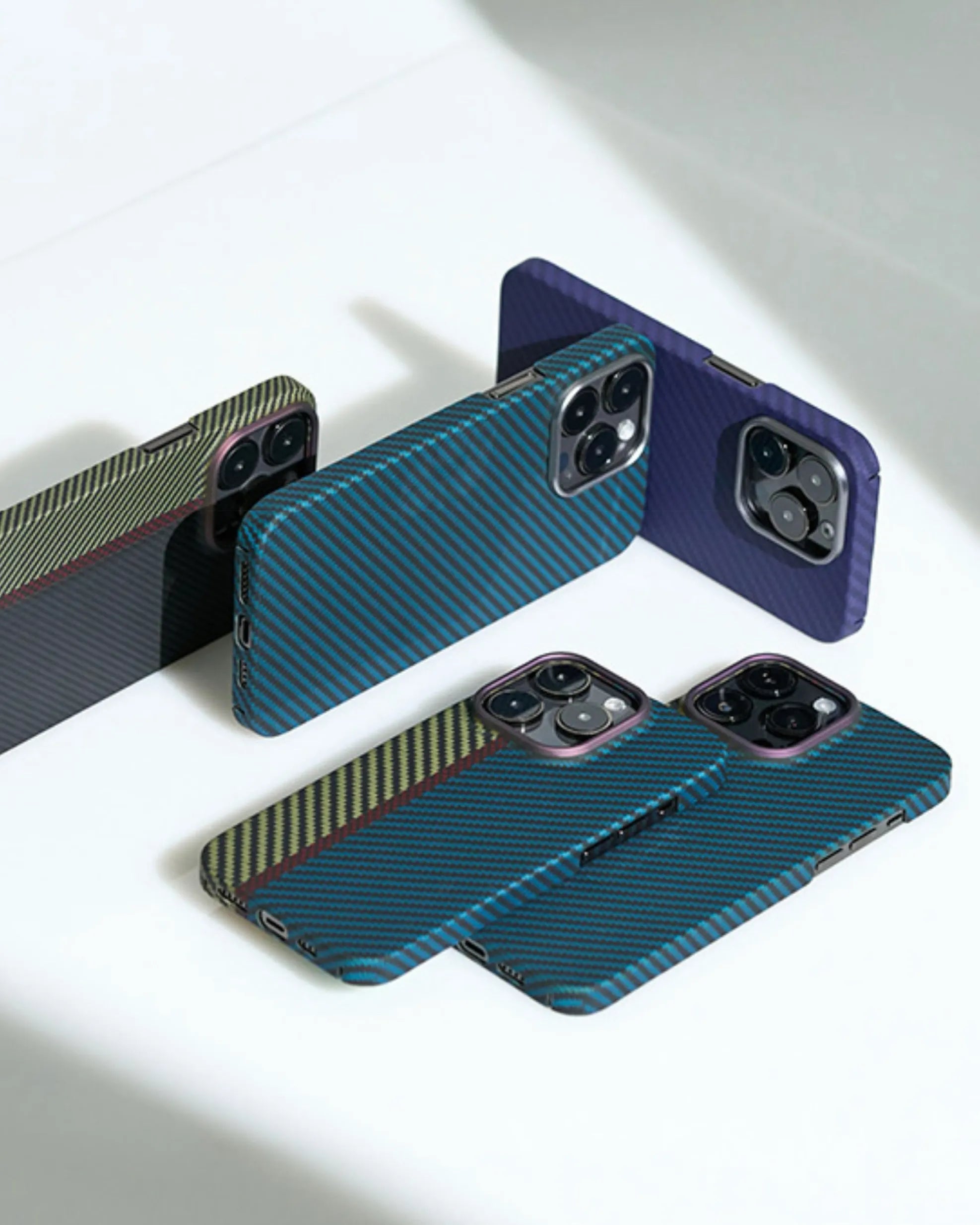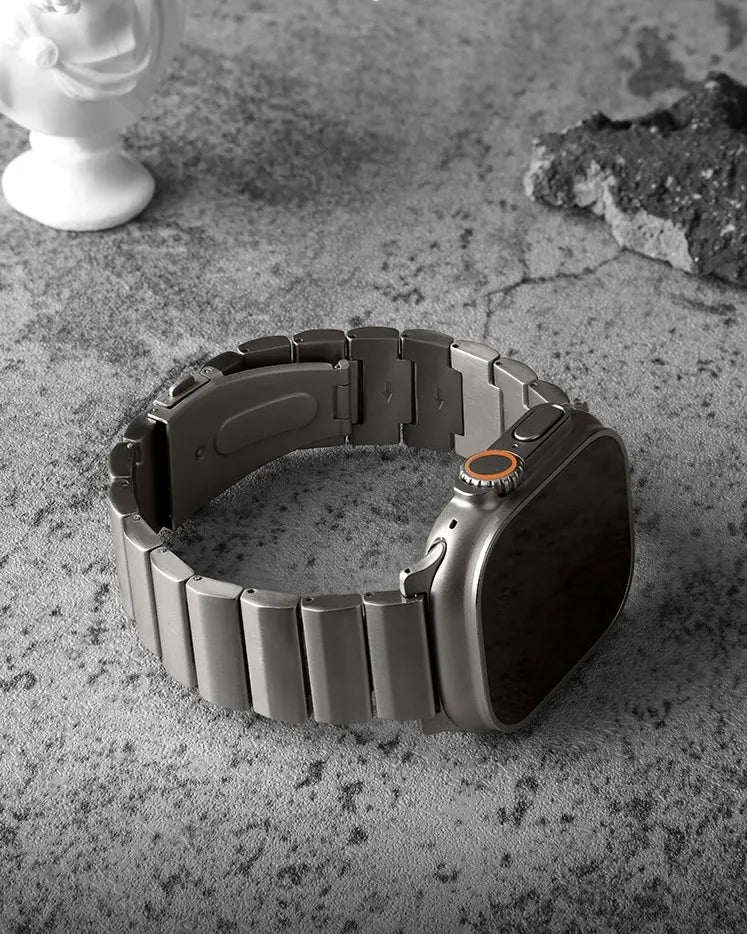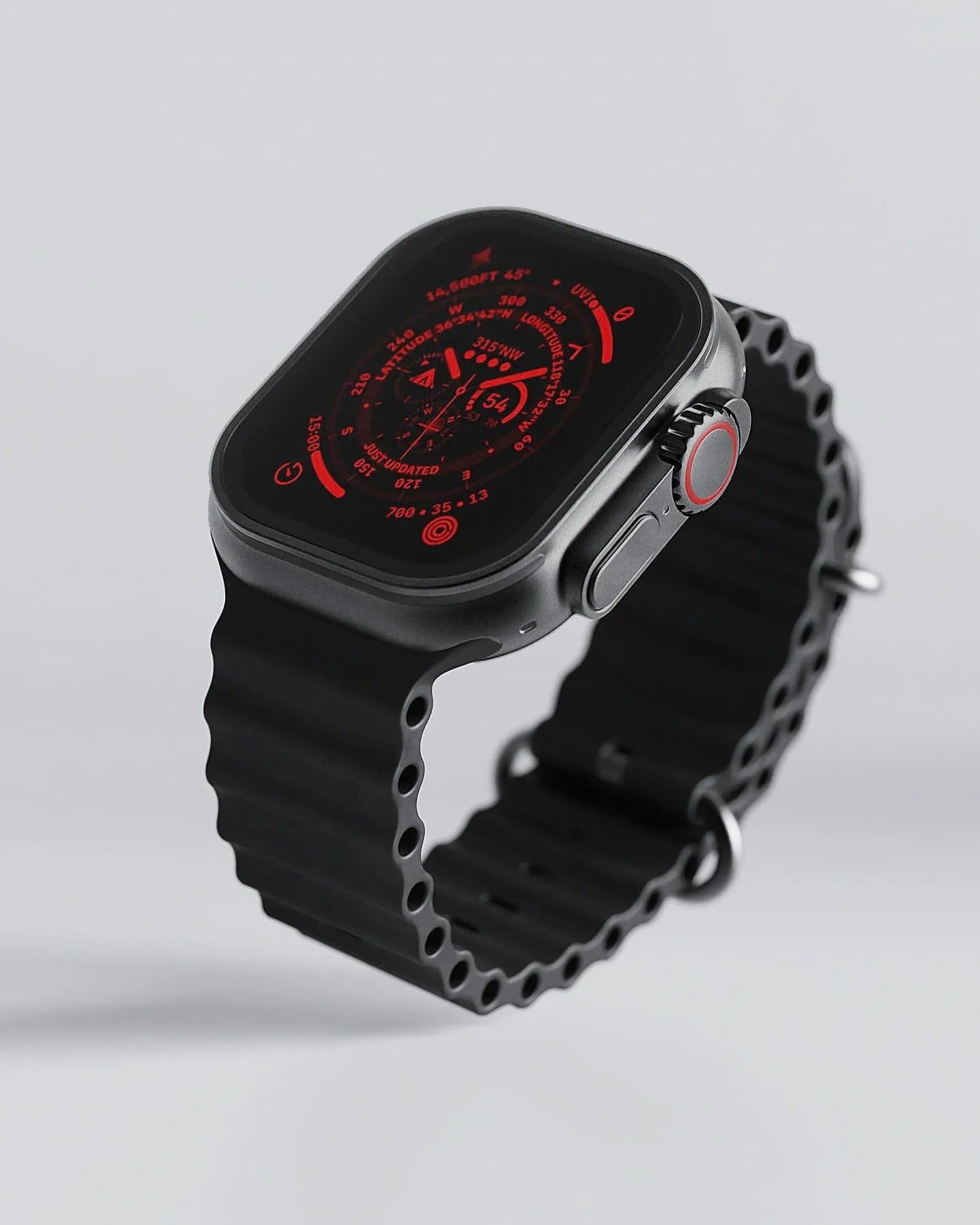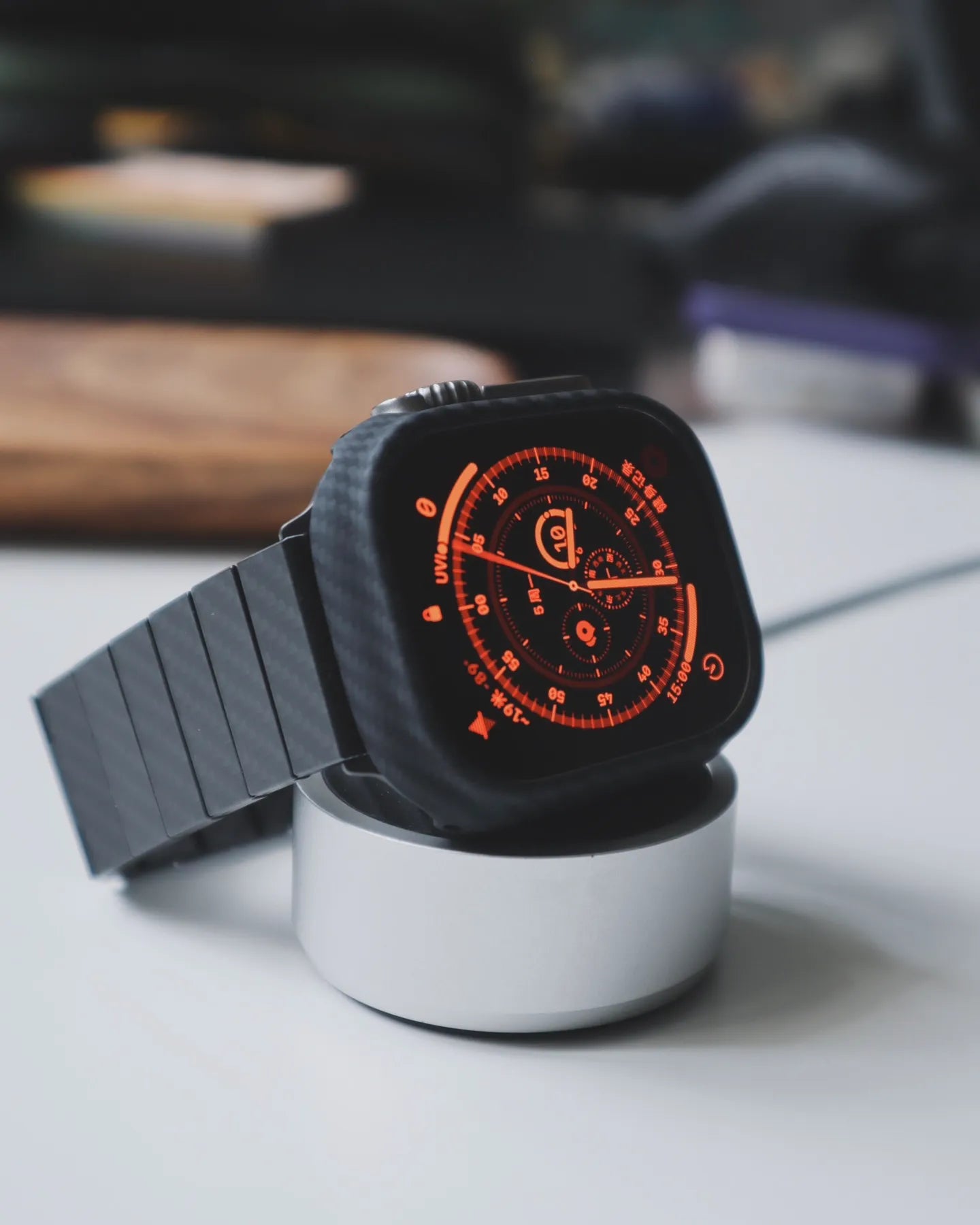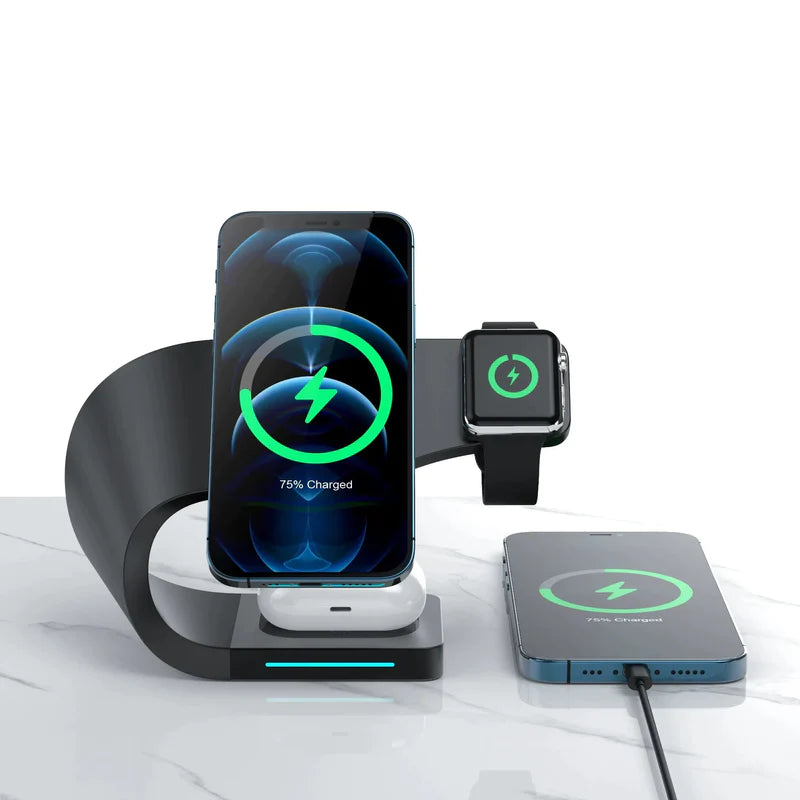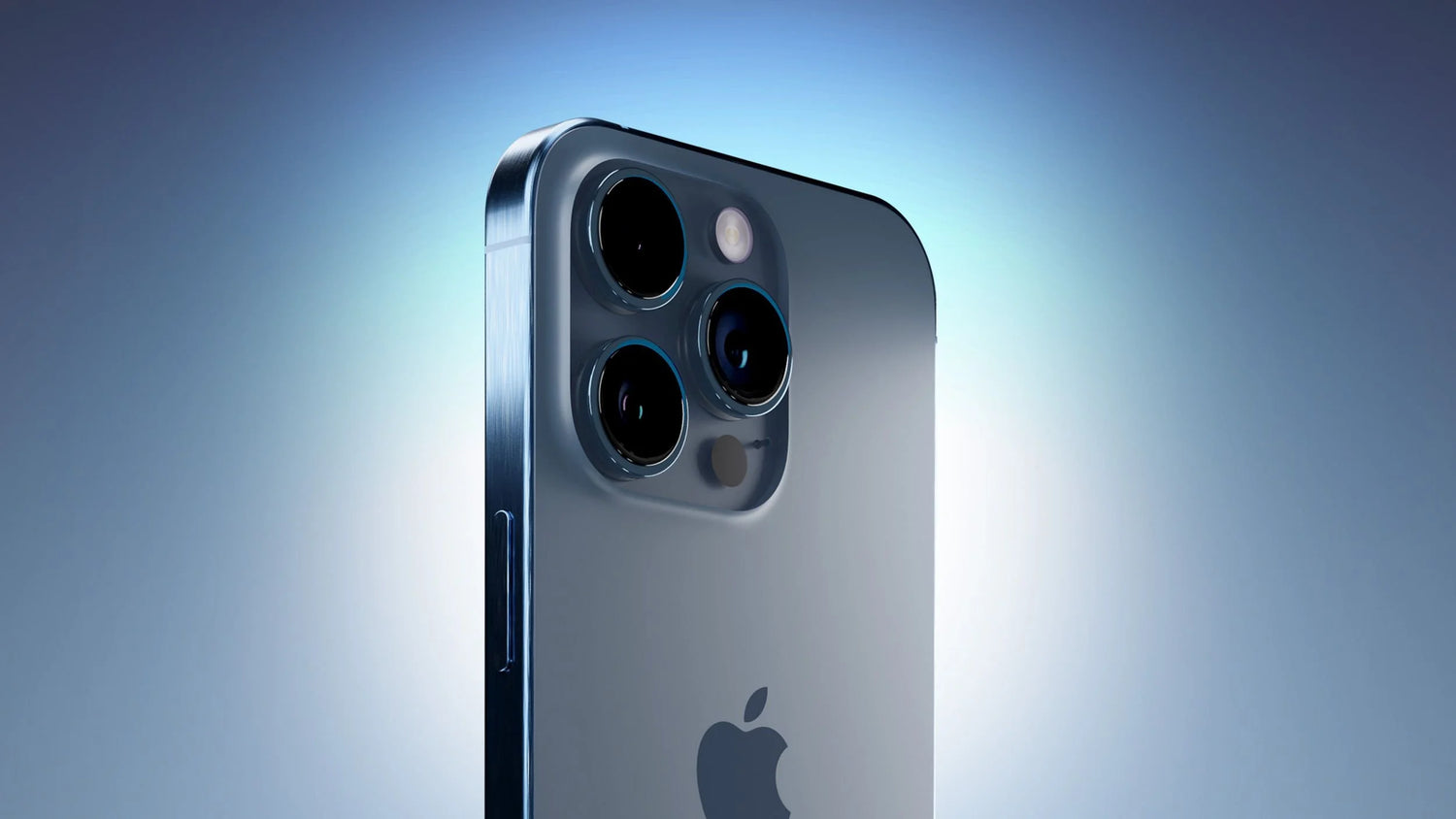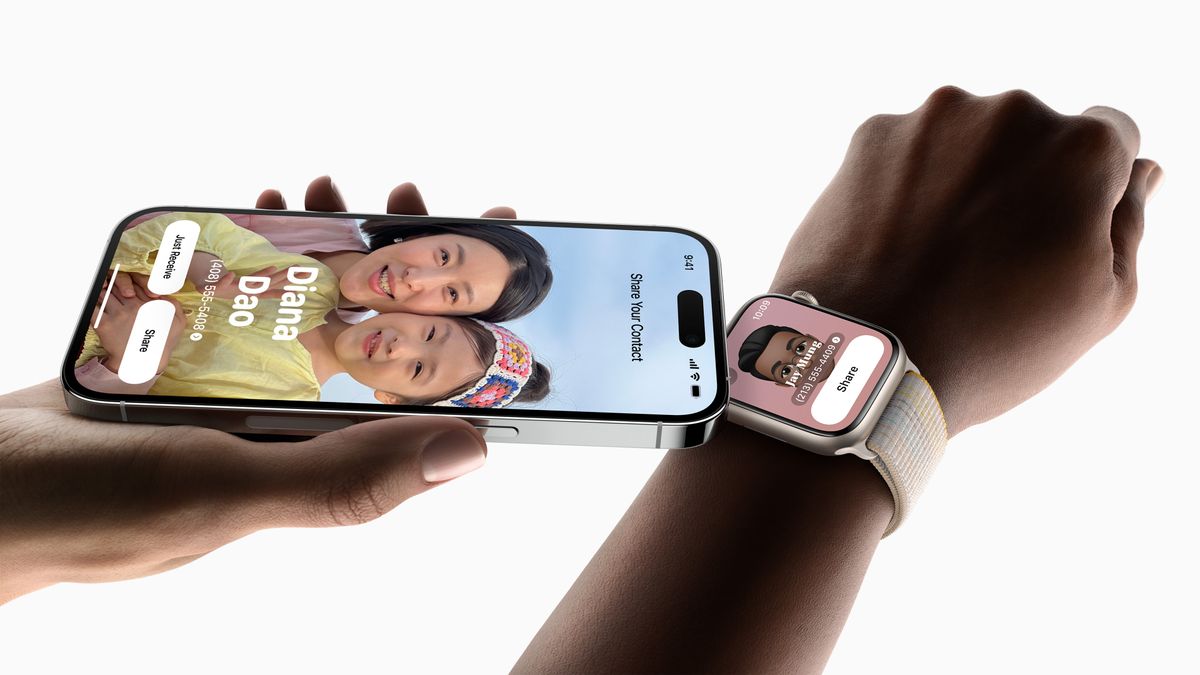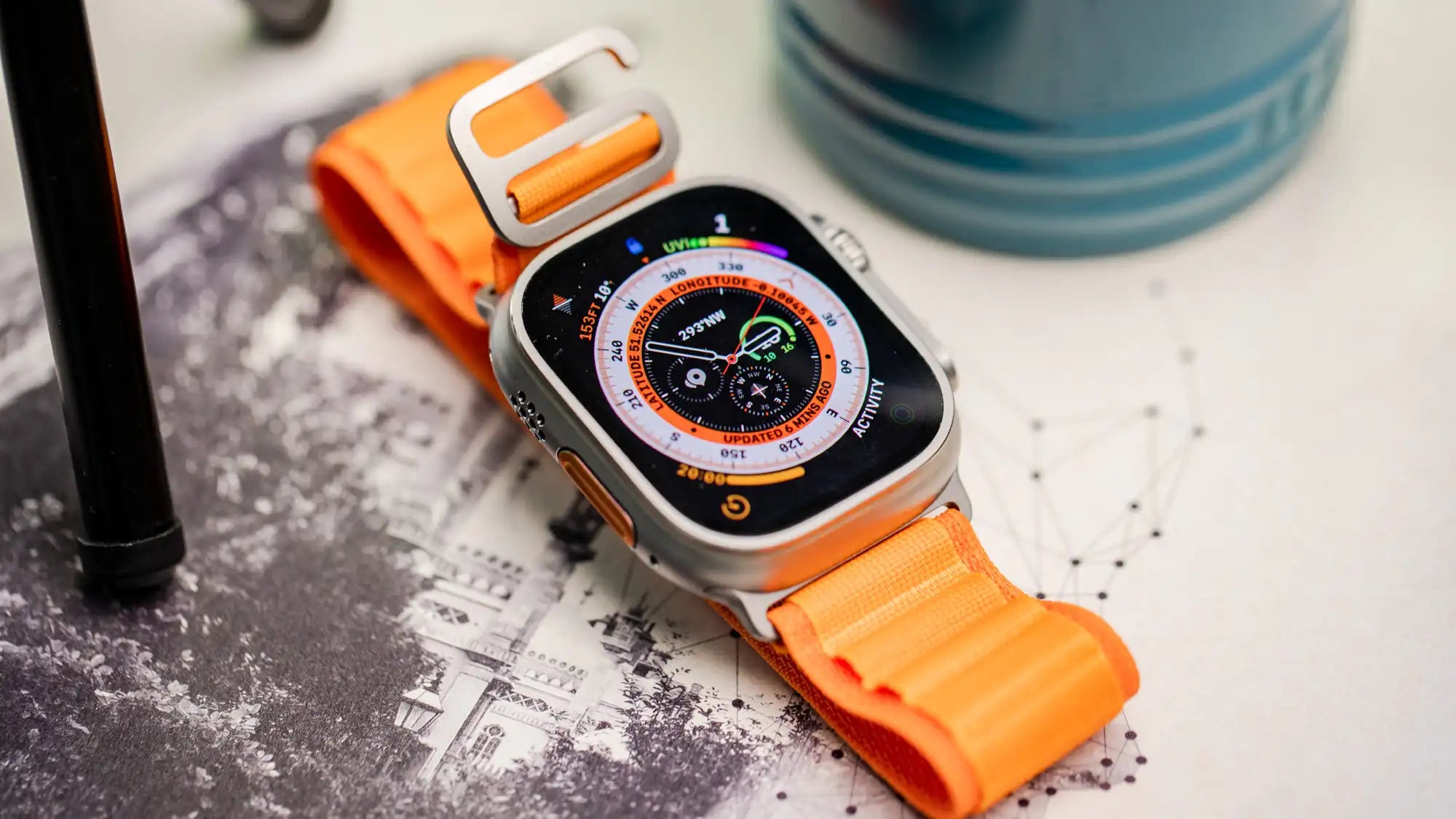Mobile photography has transformed the way we preserve memories, and our phones are frequently the most convenient cameras. This year, Apple has completely upgraded all iPhone 15 models, all with a new primary camera and a new primary image sensor. Does smartphone photography get better with the release of the iPhone 15? Is taking photos with the upgraded iPhone 15 a smart idea?
Main specification reference
- Primary: 48MP sensor, 26mm equivalent f/1.6-aperture lens, Dual Pixel PDAF, sensor-shift OIS
- Ultra-wide: 12MP sensor, 13mm equivalent f/2.4-aperture lens
- A16 Bionic Chip-set
An upgraded 48MP primary sensor for the iPhone 15
For the iPhone 15 camera upgrade, the iPhone 15 still sticks to the same number of cameras as the iPhone 14, with one camera at the front, one main (wide angle) camera at the back and another ultra wide angle camera. But this year comes with a full-sized 48MP primary camera that caters to those looking for higher resolution and basic features, so the camera is able to capture more information in each shot, and the images will have more detail and higher resolution.

- Primary Camera:
In good lighting circumstances, the iPhone 15's primary camera performs remarkably well, with the new default 24MP resolution producing substantially more clarity than last year's 12MP iPhone 14 photos. The new main camera also has a high resolution and good clarity, as well as a wide dynamic range and fairly accurate contrast that favors soft textures.
Furthermore, the iPhone 15 also has a new portrait function called Auto Portrait, which is a new generation portrait feature that offers focus and depth of field adjustment. When editing a shot, choose to "convert" it to a portrait later by adjusting the focus position and the strength of the background blur. Skin and texture are also quite visible, despite the cluttered background or darker lighting circumstances.
Subjects are out of focus more frequently at 2x zoom, and faces appear softer and less crisp than at 1x. It's also worth mentioning that 2x portraits, like other 2x pictures, are recorded at 12MP resolution.
When it comes to selfie portraits, the camera provides great subject detection and separation, as well as a genuine backdrop blurring effect. You can even add a portrait photo effect behind the shot.
It's also worth mentioning that Portrait mode works better with non-portrait objects such as animals, Christmas ornaments, and brightly colored objects.
- Wide-angle Camera:
In terms of zoom, the iPhone 15's 48MP camera doesn't use the same Sony sensor as the iPhone 15 Pro and iPhone 14 Pro models. This is the first time Apple has used a Uad-Bayer image sensor in a non-Pro phone model with a stacked design. It helps the iPhone 15 improve image quality, readout speed, and low-light performance with a 2x sensor crop feature that allows for seamless 2x telephoto zoom. In tests conducted by DXOMARK engineers using the wide-angle camera, the iPhone 15 compared to the iPhone 14 had good exposure, a wide dynamic range, a slight warm bias, vibrant colors, a slight loss of detail, and a slight flare.
- Smart HDR:
In terms of Smart HDR, Apple is placing special emphasis this year on the iPhone 15's new Portrait Photography and Smart HDR features, which further improve specific images rendered by HDR displays, rendering them brighter and more vivid than ever before.
Other important updates include a default jump from 12MP to 24MP image sizes in most lighting conditions, which significantly improves the trade-off between texture and noise compared to the previous-generation iPhone. Overall, the iPhone 15 outperforms its predecessor in basic attributes when it comes to image quality.

Video Quality
The iPhone 15's cameras can record video at up to 4K resolution at 60 frames per second for the main and selfie cameras, and 30 frames per second for the ultra-wide-angle camera. Furthermore, when capturing video with the main camera, zooming in and out between the 1x and 2x ranges is smooth, with no abrupt jumps or cuts. This is known as continuous zoom.
According to DXOMARK engineers' objective assessment of the iPhone 15's video mode, this configuration of the iPhone 15 offers exceptional video results, outperforming Apple's previous average model, with the following characteristics:
- Noise:
The main camera's 4K footage is rich in detail and exceptionally clean, with no discernible noise or flickering, implying that noise levels are also better regulated and greatly improved in darker lighting settings. One of the main strengths of the iPhone 15's video mode is the HDR video format's well-controlled video noise.
- Exposure:
Delivers a very wide dynamic range even in low-light scenes, as well as excellent autofocus, exceptionally stable exposures and smooth exposure transitions thanks to its excellent HDR format management.
- Colors:
White balance tends to produce slightly warmer results indoors and in low light, but skin tones are rendered accurately, with wonderful reproduction of skin texture and complexion in selfies. Color evolution and skin tones in photos and videos are pleasantly natural, especially in high light.
- Anti-shake:
The main camera has sensor-shift OIS for stabilization, which works well at full resolution, and the iPhone 15's high frame rate of 60fps helps to minimize unwanted artifacts, particularly the effects of shaking that tend to affect shaky shots, effectively eliminating any major bumps and jitters.

When viewing images and movies on the HDR display, the iPhone 15 shines in contrast and dynamic range, with vibrant brightness and contrast. Especially in highlights, photos and videos have a pleasantly natural color evolution and skin tones. Extremely clean in video movie mode, with less noise than previously and no audible flicker or noise. When capturing video, it is possible to achieve effective video stabilization, and zooming can produce fluid previews. Positively speaking, iPhone 15 has done a fantastic job of matching the primary camera's handling of the ultra-wide angle to improve mobile photography overall.

